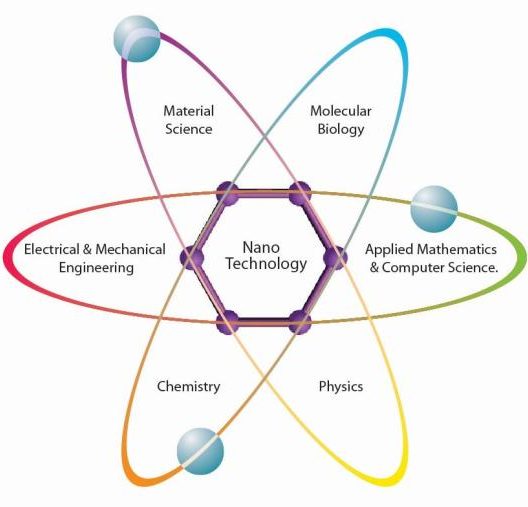
An illustration of NASA’s Orion spacecraft in orbit around the moon. (Image credit: Lockheed Martin)
Topics: Astronautics, History, NASA, Space Exploration, Spaceflight
Between 1969 and 1972, the Apollo missions sent a total of a dozen astronauts to the surface of the moon — and that was before the explosion of modern technology. So why does it seem like our current efforts, as embodied by NASA’s Artemis program, are so slow, halting and complex?
There isn’t one easy answer, but it comes down to money, politics and priorities.
Let’s start with the money. Yes, the Apollo missions were enormously successful — and enormously expensive. At its peak, NASA was consuming around 5% of the entire federal budget, and more than half of that was devoted to the Apollo program. Accounting for inflation, the entire Apollo program would cost over $260 billion in today’s dollars. If you include project Gemini and the robotic lunar program, which were necessary precursors to Apollo, that figure reaches over $280 billion.
In comparison, today NASA commands less than half a percent of the total federal budget, with a much broader range of priorities and directives. Over the past decade, NASA has spent roughly $90 billion on the Artemis program. Naturally, with less money going to a new moon landing, we’re likely to make slower progress, even with advancements in technology.
Why is it so hard to send humans back to the moon? Paul Sutter, Space.com.
